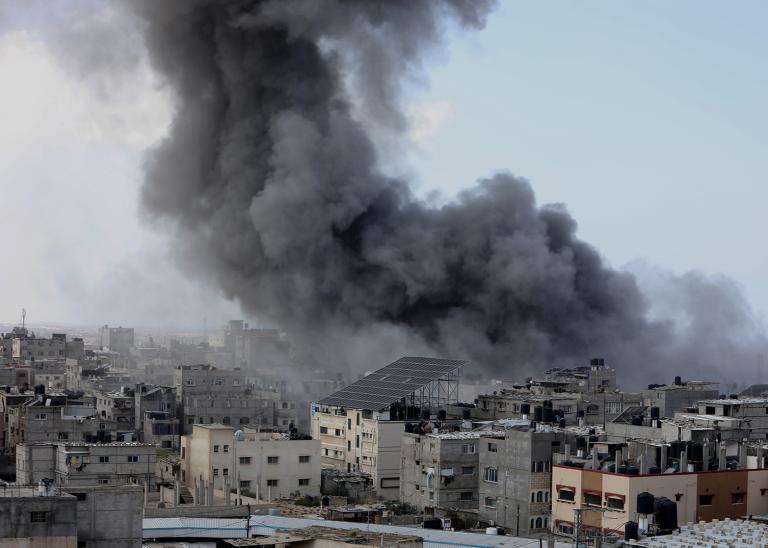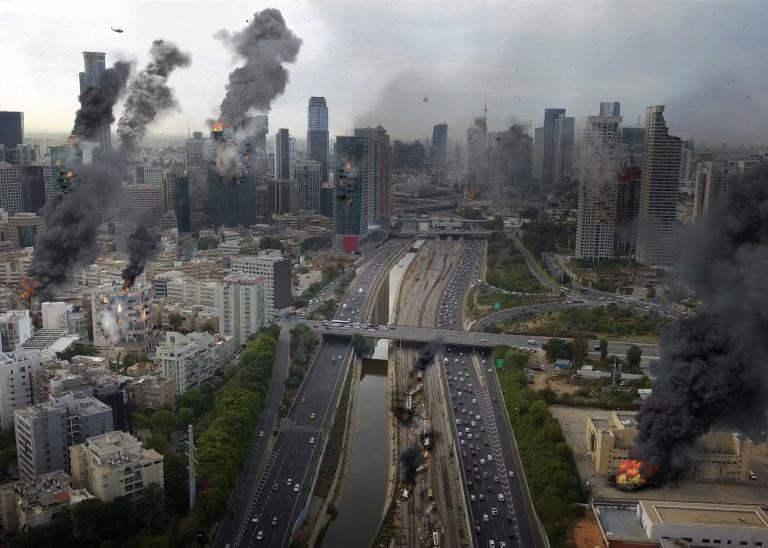11 Nov 2020 | 05:40 PM UTC
Spain: Authorities to tighten COVID-19 travel restrictions November 23 /update 55
Spanish authorities to demand negative COVID-19 tests from travelers arriving from high-risk countries from November 23; follow government directives
Event
The Spanish health ministry announced on Wednesday, November 11, that from November 23 authorities will demand travelers arriving in the country from high-risk countries and regions to present a negative coronavirus disease (COVID-19) test.
Authorities previously announced that Spain will be under a national state of emergency until early May 2021, due to the COVID-19 pandemic. Under the emergency measures, local authorities maintain the legal backing to ban travel between regions and modify the nationwide curfew locally.
Previously on Sunday, October 25, authorities imposed a nightly curfew nationwide which runs between 23:00 and 06:00 (local time) and is due to be in place until at least November 9. Exceptions to the curfew include commuting to work, buying medicine, and caring for elderly and young family members. The new emergency measures apply to all regions except the Canary Islands. Catalonia was one of the first regions in Spain to use the new legislation to impose an earlier curfew, which will take effect from 22:00 on Sunday, November 1, with establishments open to the public having the close at 21:00 as well as banning both entry and exit from their territory until November 9. There is also a limit on public and private gatherings of different households of a maximum of six people.
As of November 11, there have been 1,381,218 confirmed cases of COVID-19 in Spain with 39,345 associated fatalities. Further international spread of the virus is to be expected in the near term.
Context
The first case of COVID-19 was reported on December 31 and the source of the outbreak has been linked to a wet market in Wuhan (Hubei province, China). Since then, human-to-human transmission of the virus has been confirmed.
Cases of the virus have been confirmed in numerous countries and territories worldwide. On March 11, the World Health Organization (WHO) declared the global outbreak a pandemic. Virus-screening and quarantining measures are being implemented at airports worldwide, as well as extensive travel restrictions.
The most common symptoms of COVID-19 are fever, dry cough, and tiredness. Some patients may experience other symptoms such as body pains, nasal congestion, headache, conjunctivitis, sore throat, diarrhea, loss of taste or smell or a rash on skin or discoloration of fingers or toes. These symptoms (in most cases mild) appear gradually. Generally, most patients (around 80 percent) recover from the disease without being hospitalized.
Advice
Measures adopted by local authorities evolve quickly and are usually effective immediately. Depending on the evolution of the outbreak in other countries, authorities are likely to modify, at very short notice, the list of countries whose travelers are subject to border control measures or entry restrictions upon their arrival to the territory in question. It is advised to postpone nonessential travel due to the risk that travelers may be refused entry or be subject to quarantine upon their arrival or during their stay.
To reduce the risk of transmission, travelers are advised to abide by the following measures:
- Frequently clean hands by applying an alcohol-based hand rub or washing with soap and water.
- When coughing and sneezing, cover mouth and nose with a flexed elbow or tissue; if used, throw the tissue away immediately and wash hands.
- If experiencing a fever, cough, difficulty breathing, or any other symptoms suggestive of respiratory illness, including pneumonia, call emergency services before going to the doctor or hospital to prevent the potential spread of the disease.
|


